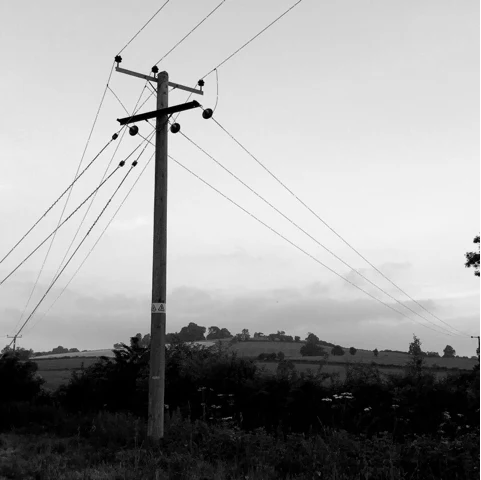“I didn’t ask to be made: no one consulted me or considered my feelings in the matter. I don’t think it even occurred to them that I might have feelings. After I was made, I was left in a dark room for six months… and me with this terrible pain in all the diodes down my left side. I called for succour in my loneliness, but did anyone come? Did they hell. My first and only true friend was a small rat. One day it crawled into a cavity in my right ankle and died. I have a horrible feeling it’s still there….”
– Douglas Adams: The Hitchhiker’s Guide to the Galaxy
I’m nowhere near as paranoid as Marvin – and I do have enthusiasm – but my body is (as the 1990s football cliché goes) definitely one of two halves.
Sometimes, I am actually grateful that what are euphemistically described as “neurological deficiencies” are concentrated “down my left side”, though; and that we drive on the left (thus making an automatic a sensible choice…). Most of the time, though, I wish I could shake off that side of my body; and somehow replicate my better half (as it were). However, there’s the rub. As with much of our physiology, some of my left-sided pain, of course, stems from damage to that “better half” – because of the direct, transverse neurological links.
I wonder if villages have similar (collective) thoughts…? Or is this what Bards are for – to represent (or be) the genius loci…?
Although there is, as yet, no sign of an appeal from Gladman (although these are early days…), every time I pass, or walk through, that field on Oxhill Road, I can’t help but imagine the huge carbuncle (or dead rat) that would result – should they win – sitting there: a terrible scar being opened in the ancient earth; followed by horrendous ‘surgery’ – taking place over two or three years – polluting the village with noise, dirt, congestion, and perpetual, unsustainable, damage. (The vision that actually comes to mind is that of the Uruk-hai of Isengard, in The Lord of the Rings; or even the penultimate chapter of that book, The Scouring of the Shire – which, perhaps, is more apposite: especially as Mark Sewell, the chairman of Tysoe Parish Council opined, to the Sunday Times, that “the shires are under attack”.)
Disregarding any arguments about heritage, for a moment, though: I have a feeling that this “fourth Tysoe” would never truly integrate with the rest of the village – not because we are unwelcoming: after less than three years, I feel a true part of the community (although the new residents would soon become aware of our fight – which they would then perceive was against them…) – but because it won’t have evolved from what already exists. It would not be a true, integrated part of the village – even though directly connected – but stuck on badly, like some young child’s blindfolded attempt at pinning the tail on the donkey. It is completely without context (as well as suitability; and is, of course, without the village boundary, too…).
It would, however – whilst imposing its lack of sustainability on all of us – rely on its connection with the rest of the village (its “better half”) for its infrastructure and services, its prosperity and survival (although I do not believe it would contribute much to the local economy…) – even though it had caused us such irreparable harm.
I assume there were similar thoughts when other large developments took place in the village: and, maybe, we are therefore ‘big’ enough to welcome such new residents with open arms?
Eighty households in one go seems a bit of a stretch, though, even for us. Perhaps – as Stratford District Council’s draft Core Strategy proposes – fifty to seventy-five houses, over the next sixteen or seventeen years, will be more manageable; and will build sensibly and meaningfully on the way the village has grown, over the centuries, with just a few new houses appearing every year.
When people ask how I cope with the pain that demarcates my left side, my habitual response is that, after nearly eighteen years of practice, I have become pretty much an expert at coping with it. It is always there; and I can never ignore it. But we have reached some sort of truce – although, quite frequently, it doesn’t hold up its end of the bargain!
Coping is not ignoring. In fact, it is the opposite… [learning] to live with… pain in a realistic context… the beginning of a series of steps that give a sense of understanding and a type of control.
– Patrick Wall: Pain – the science of suffering
If the worst comes to the worst, then maybe we, as villagers, will reach a similar “understanding” with “the huge carbuncle” sitting on our left side? A large part of me actually hopes not. We may need such an example to remind us to fight the next one that comes along.
“Have you any idea how much damage that bulldozer would suffer if I just let it roll straight over you?” said Mr. Prosser. “How much?” asked Arthur. “None at all,” Mr. Prosser replied.





No comments:
Post a Comment